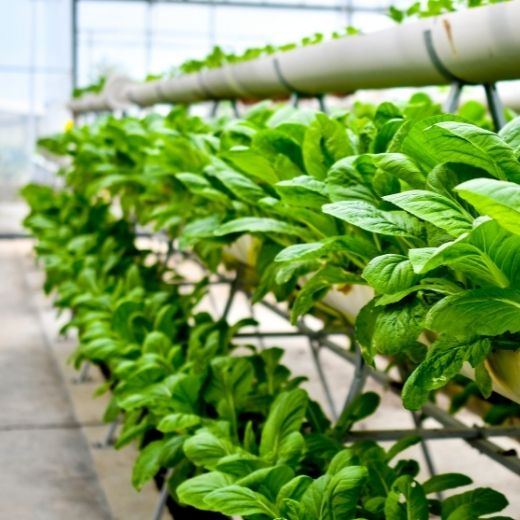Zoning for the Future
August 20, 2021 | Suzanne Armstrong

Sitting in the full flush of the Ontario growing season, there is a wealth of choice of local foods this time of year. But more and more, even in winter, the choice of local foods is increasing. For example, our family enjoyed delicious Ontario greenhouse-grown strawberries all winter long.
Agriculture is constantly changing, as producers respond to new market opportunities and demands, changing regulations, variable growing conditions and new farming methods. Growing food indoors is an intensive and generally expensive way to produce food, but it creates opportunities to produce crops locally year-round and under much more ideal growing conditions. With new innovations, more and more crops are becoming economically viable for indoor production. This creates new opportunities for agriculture and for our overall food security here in Ontario. However, as agriculture changes, regulations need to keep up with the new reality of farming.
In a recent episode of the podcast “Down to Business,” Lenore Newman from the University of Fraser Valley identified the risks of Canada’s reliance on drought-stricken California for our winter greens and small fruits. Instead, she pointed to the opportunity that indoor growing offers for Canadians to produce our own food year-round, using our much more abundant local water supplies. Oddly, one of the biggest challenges, she suggested, is zoning regulations for setting up these indoor operations.
In Ontario, we are currently seeing changes in indoor crop production, particularly with cannabis, but with other crops, as well. These indoor crops do not necessarily need to be produced in the countryside on land that could be growing commodities that require outdoor production. But having growing facilities within settlement area boundaries is posing zoning and land use compatibility challenges.
Many different land uses are competing for space, especially within the most populated areas of the province. It is important that land use planning appropriately considers potential impacts of neighbouring land uses, be they agricultural, industrial, residential or other types of land uses. Agricultural uses, especially in the most populated regions of the province, will need to be effectively planned with many other types of land use in close proximity. Good planning will help to ensure the ongoing vitality of the agricultural sector in these regions of the province.
In our recent submission to government regarding proposed Land Use Compatibility Guidelines, the CFFO argued that where indoor production meets the definition of “agricultural,” rules and regulations need to treat it as such. Rules intended for “major facilities” are not suitable for agricultural production facilities, even if they are within settlement area boundaries.
Agricultural production will be taking place within settlement boundaries to a larger extent, including production of new crops or traditional crops grown in new ways. It is important that land use regulations are ready to accommodate this changing reality and that the value of agriculture continues to be respected and protected.
Suzanne Armstrong is Director of Policy & Research for the Christian Farmers Federation of Ontario. The CFFO Commentary represents the opinions of the writer and does not necessarily represent CFFO policy. The CFFO Commentary is heard weekly on CFCO Chatham, CKXS Chatham, CKNX Wingham, and CHLP Listowel.
 Skip to main content
Skip to main content